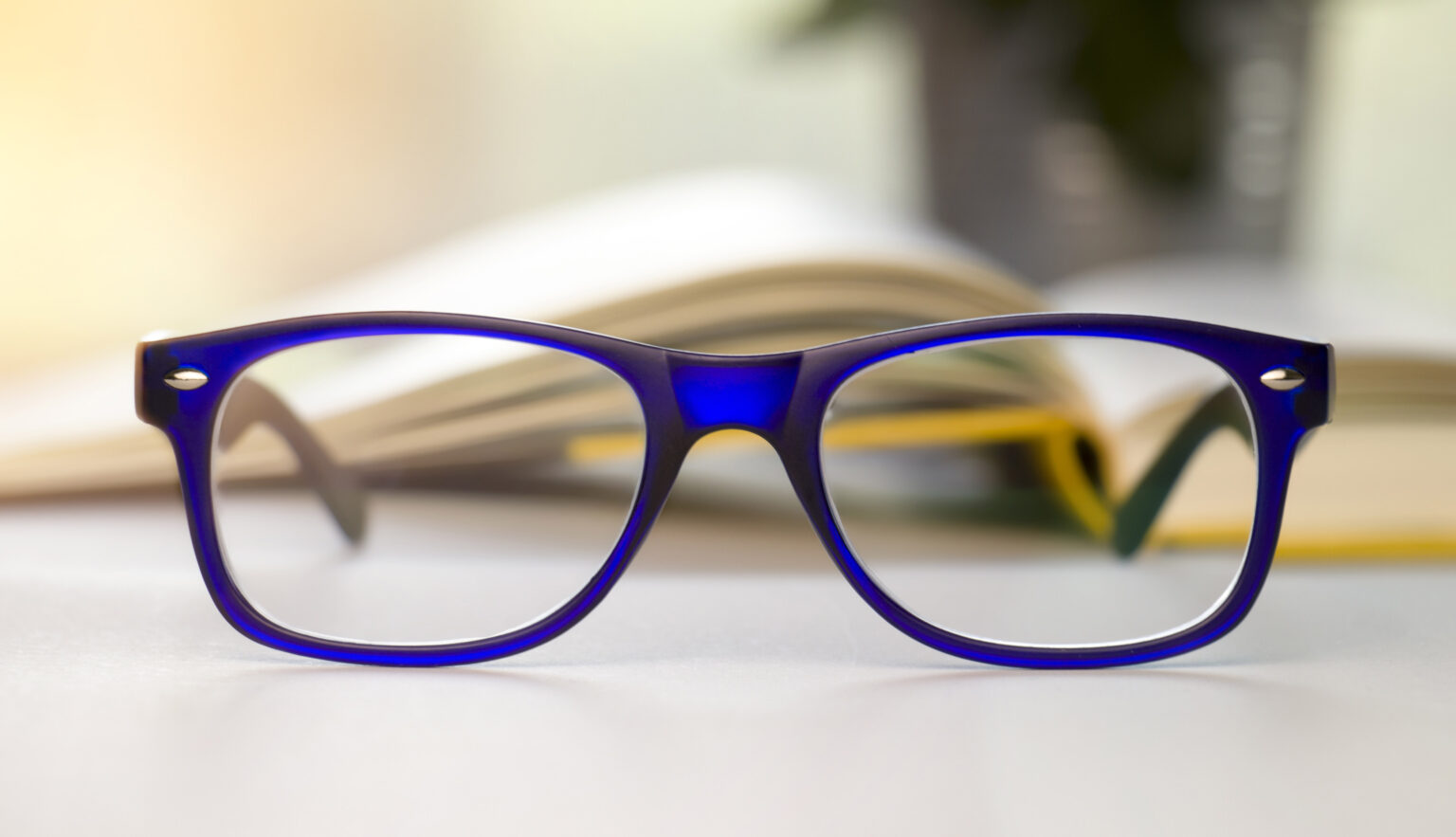
Know More About Reading Glasses Before Buying
Reading glasses are a valuable tool for individuals who struggle with near vision, particularly those with presbyopia. Presbyopia typically occurs around the age of 40 and is a natural part of the aging process. It’s a condition that affects the ability to focus on near objects, making it harder to read small print or see things up close. Reading glasses help compensate for this loss of near vision by magnifying the text, which enables the wearer to read with ease.
What are reading glasses?
Reading glasses, also known as magnifying glasses or readers, are eyeglasses designed to aid individuals with presbyopia. They are a type of corrective eyewear that magnifies the text to make it appear larger and clearer. Reading glasses are typically worn when reading, using a computer, or performing any activity that requires near vision.
How do reading glasses work?
Reading glasses work by magnifying the text, making it appear larger and clearer. They are available in different magnification strengths, ranging from +1.00 to +4.00 diopters. The magnification strength needed depends on the individual’s age and the severity of their presbyopia. It’s important to consult with an eye care professional to determine the right magnification strength for your eyes.
Who needs reading glasses?
Reading glasses are recommended for individuals with presbyopia. However, some individuals may develop presbyopia earlier than others, while some may not experience it until later in life. The severity of presbyopia can also vary, with some individuals needing stronger magnification than others. It’s important to consult with an eye care professional to determine if reading glasses are the right option for you.
How to choose the right reading glasses?
Choosing the right reading glasses involves several factors. The first is determining the appropriate magnification strength, which can be done by consulting with an eye care professional. Additionally, reading glasses come in different styles and materials, so it’s important to select a pair that is comfortable and suits the individual’s lifestyle. Some factors to consider when choosing reading glasses include the shape of the face, the size of the head, and personal style preferences.
How to care for reading glasses?
To ensure the longevity of reading glasses, it’s important to care for them properly. This includes storing them in a protective case when not in use, cleaning them with a microfiber cloth, and avoiding exposing them to extreme temperatures. It’s also important to avoid using harsh chemicals or abrasive materials when cleaning reading glasses, as this can damage the lenses.
Can reading glasses be worn over contact lenses?
Yes, reading glasses can be worn over contact lenses. However, it’s important to consult with an eye care professional to ensure that the combination of contact lenses and reading glasses does not cause any discomfort or visual issues. Some individuals may find it more comfortable to use multifocal contact lenses instead of reading glasses.
Benefits of Reading Glasses
Reading glasses offer a range of benefits to individuals with presbyopia. One of the main benefits is improved near vision, which makes it easier to read small print and perform tasks that require close-up vision. This can include reading books, newspapers, and menus, as well as tasks such as sewing or working on a computer.
Another benefit of reading glasses is that they are affordable and widely available. They can be purchased at most optical shops or online, and come in a range of materials and styles. This makes it easy to find a pair that suits individual needs and preferences.
Different Styles of Reading Glasses
Reading glasses come in a range of styles and materials, making it easy to find a pair that suits individual needs and preferences. Some of the most popular styles include full-frame, half-frame, and rimless.
Full-frame reading glasses are designed with a full frame around the lenses, providing maximum support and stability. Half-frame reading glasses have a smaller frame that sits lower on the nose, making them less noticeable. Rimless reading glasses have no frame around the lenses, which makes them lightweight and discreet.
Tips for Adjusting to Reading Glasses
Adjusting to reading glasses can take a bit of time, especially if you have never worn glasses before. Here are some tips to help you adjust to your new reading glasses:
- Wear your glasses regularly: The more you wear your reading glasses, the quicker your eyes will adjust to them.
- Start with shorter reading sessions: Begin by wearing your reading glasses for short periods of time, gradually increasing the length of time you wear them each day.
- Find the right magnification strength: Make sure you’re wearing the correct magnification strength for your eyes. If the magnification is too strong or too weak, it can cause eye strain and headaches.
- Position your glasses correctly: Make sure your reading glasses are positioned correctly on your nose, with the lenses directly in front of your eyes.



